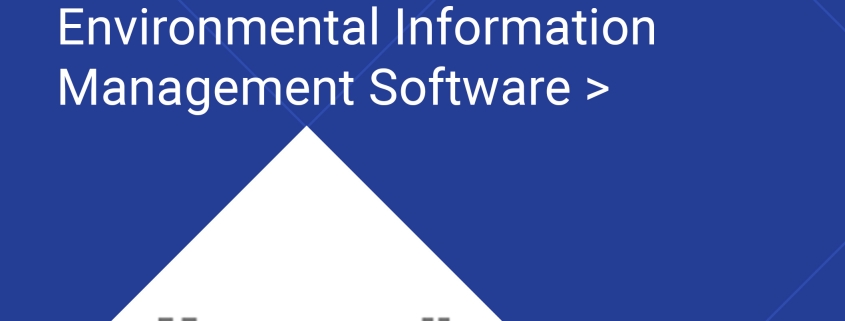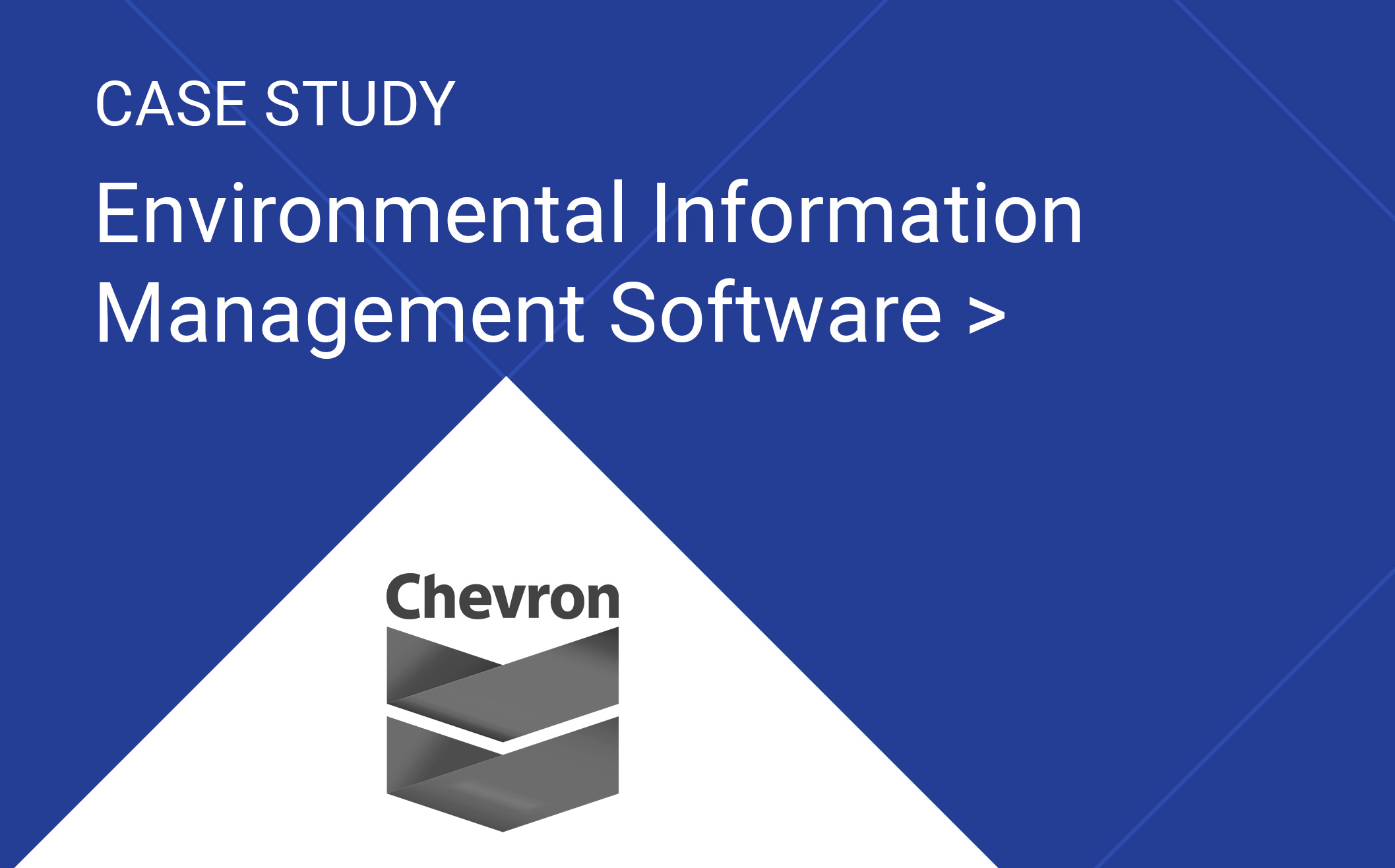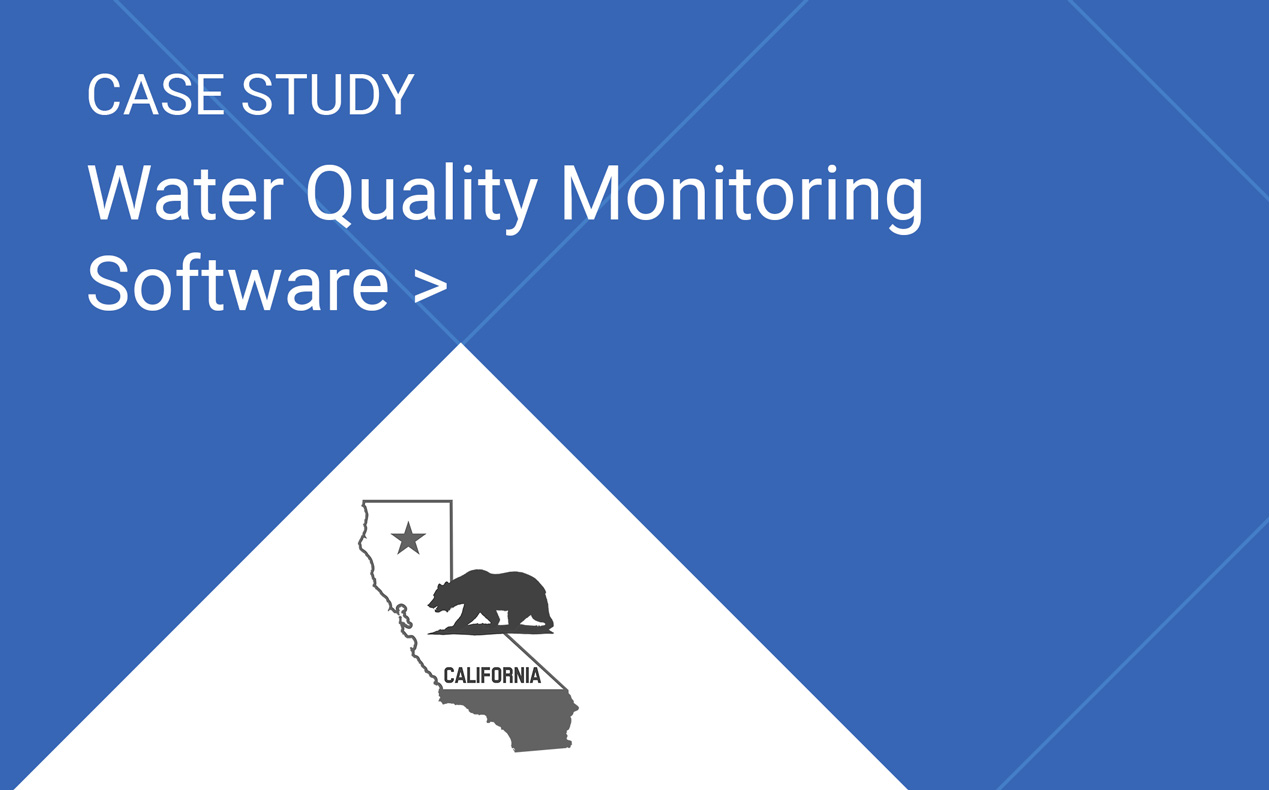Honeywell improves data quality and more with Locus Technologies
Challenge
Honeywell, a Fortune 500 diversified technology and manufacturing leader, needed an enterprise remediation data management system. They needed a system that can protect and preserve the integrity and quality of their substantial investment in generating site remediation data, have it available for future use, and assure business partners that legacy data is of reliable quality. Their existing data resided in stand-alone consultant systems, spreadsheets and paper records that was not readily available and shared within the company.
Solution
Honeywell implemented Locus EIM to improve their environmental data management process for remediation locations throughout the U.S. and in selected overseas locations. An EIM site was set up for all active projects. Analytical and technical data generated in the course of on-going site activities were entered into EIM. All mission-critical legacy data residing in stand-alone consultant systems were also migrated into EIM. Data management in conformance with Honeywell SOPs, including adherence to valid value and electronic data delivery requirements, were implement and required of subcontract vendors and laboratories.
Honeywell applied the rigorous and well-documented Six Sigma quality-improvement approach to the complex, highly heterogeneous, and mission-critical process of remedial site environmental data management. The primary focus was to apply both qualitative and quantitative Six Sigma methods to improve electronic management of analytical laboratory data generated for environmental remediation and long-term monitoring programs. The process includes electronic data delivery, data QA/QC checking, data verification, data validation, database administration, regulatory agency reporting and linkage to spatial information, and real-time geographical information systems.
Results
Results of the analysis identified that automated, centralized web-based software tools delivered through a Software as a Service (SaaS) model are optimal to improve the process resulting in cost reductions, while simultaneously improving data quality and long-term data usability and perseverance.
A pilot project quantified cycle time and cost improvements of 50% and 65%, respectively. Using EIM, Honeywell achieved a sea change in terms of data quality, environmental risk reduction, and overall process cost reduction.
One of the smartest decisions I made during my time at Honeywell was to use Locus Technologies to help us with the complex issues of data management across multiple sites in our portfolio. Locus understood the “big picture” and all the component parts that had to addressed in order to provide real-time data and information for informed business decisions.




